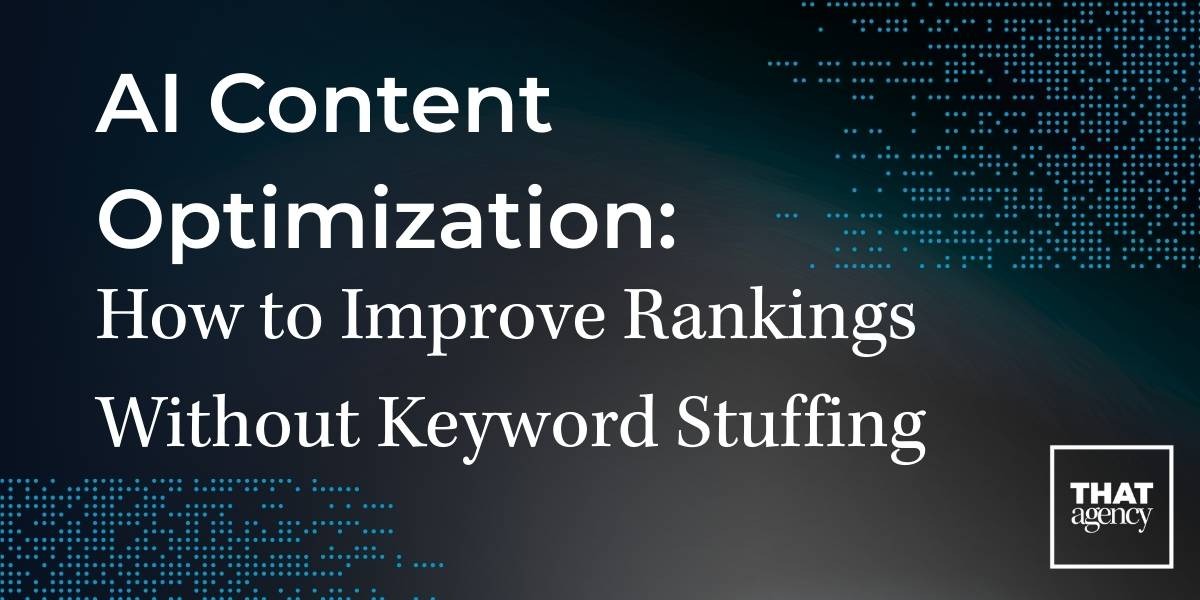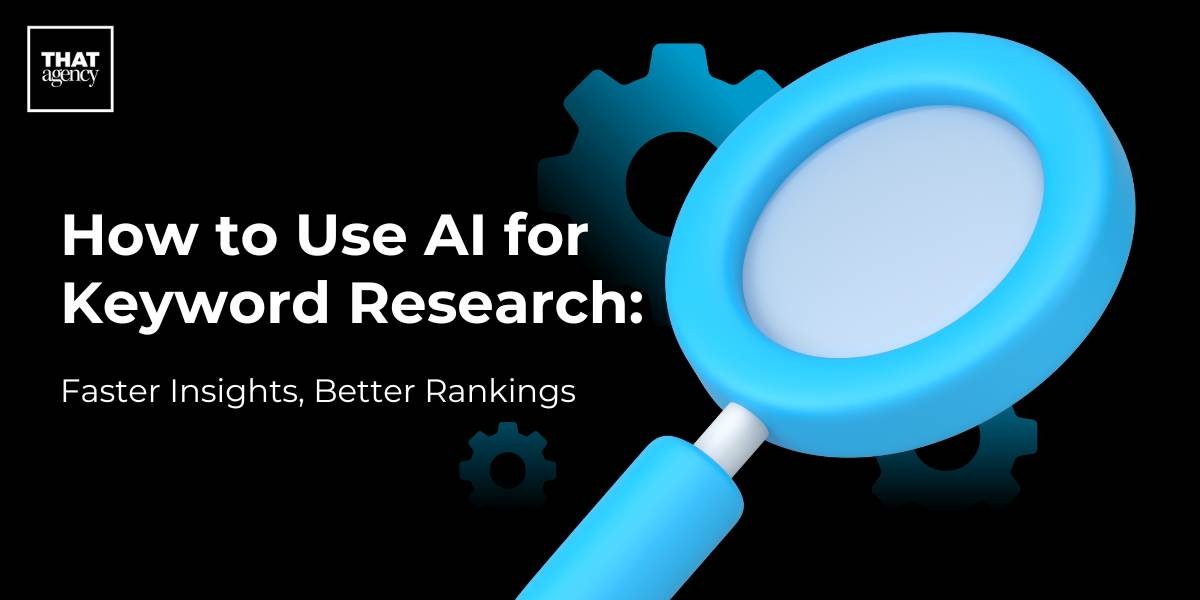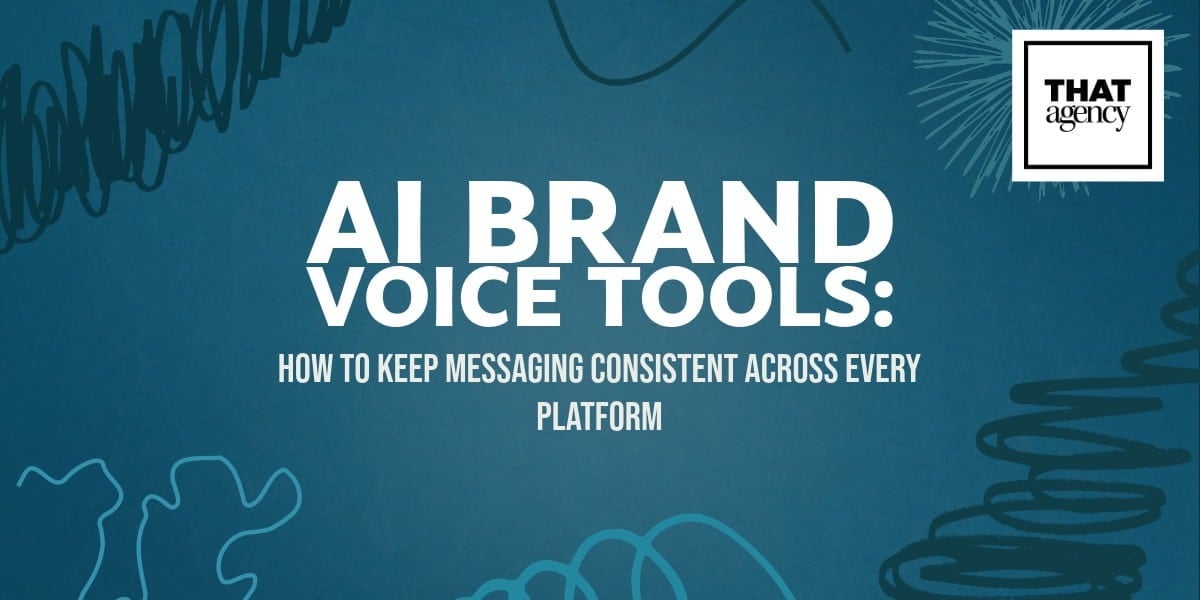The days when having a website was optional or novel are long (long!) since over. Today, it is a must-have. More than half (56%) of US consumers do not trust a brand if they don’t have a website. Whether you do 100% of your business online or next to nothing, a website is still necessary. Today’s consumers are more educated and savvy than ever, and when they make a purchase decision, they will do their research. Can they find you? And if they do – do they like what they see?
A beautifully-designed website that appeals to visitors and compels them to take the next steps with your brand is mission-critical. The big question is, how do you design a site that helps you accomplish these goals?
Successful Web Design 2023
Want a site that wows?
Start at the Beginning
The foundation of building a website for 2023 has not changed. It still starts with establishing your brand goals and clarifying the answers to several key questions, such as:
- Who is our target audience? What do we know about them? What do they want – and how can we convey the message that we can deliver?
- What will they gain by visiting our site? What value will they derive?
- What do we want them to do? What actions are we prompting them to take?
- How do we move them along the customer journey in an organic way?
In terms of goals, do you want to:
- Build brand awareness/recognition?
- Establish yourself as an expert and authority in your space?
- Generate leads?
- Sell products/services directly?
Depending on your specific intentions, your site will need different functionality. An ecommerce site, for example, that wants to sell products and make visitors click “Buy” will – by nature – be constructed differently from a site of, say, a lawyer who wants to establish their expertise and prompt visitors to contact them. And, of course, many sites encompass a variety of goals that require a multifunctional site.
Dial In Your Budget
How much does it cost to build a website? The answer is wildly frustrating! It could cost $1500 or it could cost $150,000. It’s a little like asking, “How much does a car cost?” Do you want four wheels and an engine that sometimes turns over or do you want a Rolls-Royce?
Sometimes, a solid Toyota or a Ford does quite nicely for far less money! The point is… It depends. Go back to your goals and what you want, and need, for this site to do for you. Typically, a website for a small business may cost from $2000 - $10,000 (plus monthly website maintenance), depending on the level of customization and the features you want.
No two ways about it: A website is an investment in your company. It will pay you back.
Consider Your Options
The internet is the great equalizer. Everyone has a voice. Your brand needs to have one that amplifies its message. Choosing the right website builder is essential. Today, you have your choice of DIY, no-code options. If you can drag-and-drop, you can build a website with:
- Wix
- Shopify
- Squarespace
- BigCommerce
- Weebly
- WordPress
Compare ease of use, template and customization options, features, functionality, and cost to determine the best choice There is, of course, another option: Outsourcing the creation of your website to an experienced designer who can integrate your needs, brand identity, and goals into a site that will power your business forward.
As you go through this process, you will need to think about themes and templates. Your website needs to convey your brand voice. Every element should align with your identity and goals. From fonts and colors to layout… If you cannot find a template that works, you may need to design from scratch to yield the results you want.

Register a Domain Name
This is the unique address that people will put into their browsers if they want to navigate to you directly. (ex. https://thatagency.com). This is often the name of your business/foundation/brand, so be very selective. Your web builder or third-party agency often registers your domain for you, which makes the process that much easier. Your domain name should be:
- Unique and brandable (visitors need to associate this with you)
- Easy to pronounce
- Short
- Related to your industry (an intuitive name helps people connect your name with your offerings)
Include Key Pages
Within your website, certain pages grab the attention of users – and those are necessary when they dig deeper and start to research your brand. Make sure to include:
- A robust home page
- A thorough and informative “about us” page
- Contact page with accurate, up-to-date information
- Services/products page(s)
- Effective calls to action
When building a website for 2023, it is all about the customer experience and ensuring they can easily and intuitively find the information they need to engage with your brand, answer their questions, and take the next steps. Your website should be there every step of the way, guiding them to conversion – and back again.
Designing a website is a multifaceted, complex prospect. Get the help you need to create an asset that propels your brand forward. Contact us today for more information about web design in 2023.




